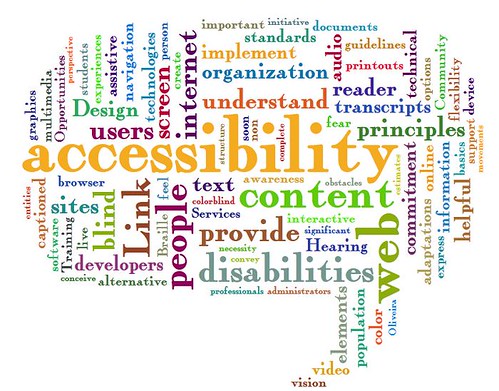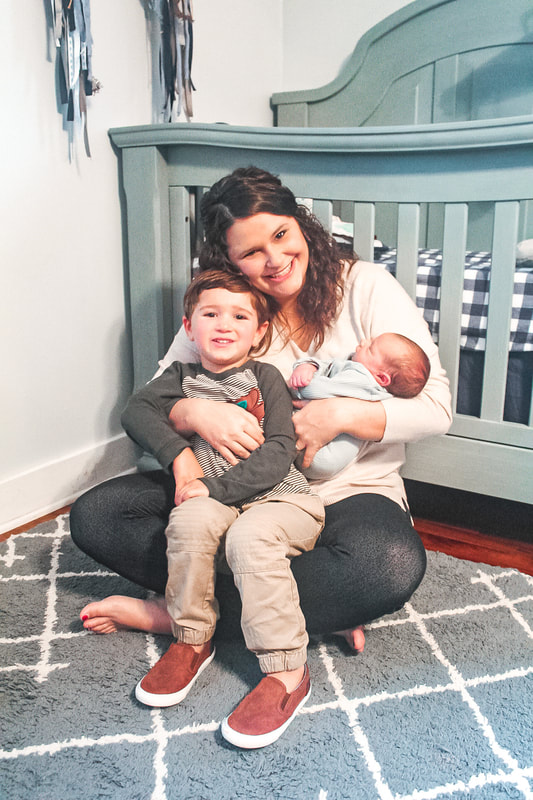EMBRACING and digesting DIGITAL EQUITYDigital Equity: Equity is a popular topic in the 21st century, and it is something that is often touched upon in education. Equity offers fairness and opportunity to all, not just the majority. Let me shift the focus of equity to digital equity. How does digital equity, and equity in general, impact education? When I think about education, I instantly imagine the diverese learners- those with disabilities we see and those with disabilities we cannot see. Every person learns in a unique way, therefore, equity in education should focus on how students will learn, even with lesser means or disabilities. Equity: making learning accessible for all students. Inclusion: including all learners no matter what- no child left behind. Every student is afforded, under federal law, the opportunity to learn, no matter their socioeconomic status or their disability. So how does this impact the learning and engagement of students? When students are included and learning is designed to universally meet the needs of all learners, education can both amplify and transform learning. Inclusion: A digital divide is a real and present issue that often arises when discussing equity and inclusion. The article Digital Equity Is the “What” and Digital Inclusion Is the “How” focuses on digital inclusion for disadvantaged populations and discusses the deeper issues of digital divides that are most common within these particular populations. The article breifly discusses what can cause digital divide including costs, lack of investment in delivery, socioecomonic status, and special needs, which are just a few of the causes. After reading the disadvantages that cause digital divide, it makes me reflect and focus on my own students within my school- a school that is failing; a school that has low socioecon0mic status, is on a TAP system to be monitored by the state, has free lunch for all, and has high minority/low majority student ratio. All of these factors are included in the causes for digital divide. Our school, especially the clientele of our school, do not have the same opportunites or access to the digtial world that other schools and clienteles may have. This causes disadvantages for our students and their ability to become more digitally competent and immersed. Closing the Gap: So how do we, educators, school board members, district personnel, help close the gap in the digital world? How do we help our students become just as advantaged in a world of technology as their counterparts? The answer, in my opinion is UDL: Universal Design and Learning. How do we get there exactly? In an aricle by Luke Callahan, UDL in Support of Economically Disadvantaged Students, Callahan describes the importance of mindset shifts and district visions to help combat the disadvantages and begin to push for equity for all students, no matter their status. So, even though there is no simple fix or solution, there are first steps that can be made. I believe another step would be utilizing the technology offered within the school systems and planning learing that is more universal in design to allow students opportunity for access in learning. With more efforts from the district adn eductors, as well as trainings provided by the district for the educators, teachers can begin preparing their students through learning designs that are encompassed with technology, allowing students to become more digitally literate. Accessibility: Watching the video about accessibility and inclusion for all really spoke to me. It made me focus on the importance of equity in design. Everyone benefits from accessibility, although it is more imperative for those that are disabled or will become disabled. Another video, Why Is Accessible Design Good for Everyone?, illustrates and explains why accessible design is also important. I think this links the idea of universal design and inclusiveness to society as a whole, and it explains why everyone can benefit from these designs, especially those with limitations. UDL: As I begin to study universal design and learning, I am quickly realizing how much my mind is begining to shift about the idea of how my learners could benefit from, simple, yet imperative designs within my classroom. I think about my students with Autisim, hearing impairments, and visual impairments, and the benefits universal design and learning could create for them. Simple things like color-coded materials, use of words and illustrations, more technology-imbedded lessons for my motor-restricted friends, all of these are becoming much more transparent in their importance within the education of my students. What does Digital Equity and Inclusion Mean to Me? It means being mindful, thinking ahead, and including all of my learners when designing learning, so that each and everyone of my students have the opportunity to learn in a way that is most beneficial and successful for them. "If they can't learn the way we teach, we teach the way they learn" -Dr. O. Ivar Lovass. Benefits of Technology: So what are the benefits of technology in the classroom? How can we use technology to meet the needs of all students, even those with disabilities? When thinking about these questions, I instantly think about curriculums designed for special education students; one in particular is called Unique - A learning system that is designed to help students meet their own potential. Unique is utilized for students that have disabilites, espcially in the area of learning and cognition. This learning system is designed with the students needs in mind, and it allows for students to have access to content that is on their level. Other types of technolgy that can be beneficial for learners, especially those with limitations, include: text-to-speech, speech-to-text, word prediction, enlarged font, and dyslexia friendly. All of these types of technologies can be used as extensions on chrome, and often times, are features embedded within programs, as most websites and formats focus more on equity for the use and navigation of their digital platforms. As a special education teacher, chrome extensions have been a wonderful way to help accomodate my learners, especially now that chromebooks are the one-to-one technology utilized in our school district. Chrome extensions, as mentioned above, can be used to help navigate the web more easily. These extensions provide digital equity that benefits not only learners with disabilites, but all people who utilize the internet daily. Using the PICRAT model: How can we use technology for all? Utilizing the idea of the PICRAT model, we, as educators, can begin designing learning that not only replaces the learning that can be done in the classroom, but give our students the ability to be creators by utilizing immersive technology such as virtual reality to explore new ideas, creating podcasts, commercials, short films, to illustrate their understanding and provide knowledge of their learning- all of these are inclusive technologies, especially for students that may have difficulties with written tests, memorization, study skill defecits, or motor deficits. Goal Oriented Opinion:
When we, as a society, begin to acknowledge that universal design and inclusion is beneficial to all, I believe their will be a true shift in the way we do and think about things. I believe this is very true for myself as well. No matter how inclusive I am, I still have a lot to work on, esepcially when creating lessons for students. My goal is to begin designing lessons that are universal and equitable in nature so that all my students have the ability to to meet their academic potential.
0 Comments
Leave a Reply. |
AuthorMy name is Jennie Hebert, and I have been in education for 9 years. I always pictured myself working with children, but I did not know in which capacity I would be working with them. It was during my senior year in college that I decided I wanted to be a teacher. After graduating, I decide to get my teaching certification; I originally wanted a certification in middle school english, but I quickly found my heart being called to working with students with special needs. I have never regretted this decision. My daily work life is spent thinking about how to best include, accomodate, and design learning for students that have disabilities. So, understanding how to intergrate technology has true meaning to my ability to positively impact my kiddos daily learning. During my time in education I have taught in the inclusion setting, resource setting, and self-contained setting. I have had the pleasure of teaching almost 125 students to date. My students always bring me so much joy. ArchivesYoutube Videos:
|



